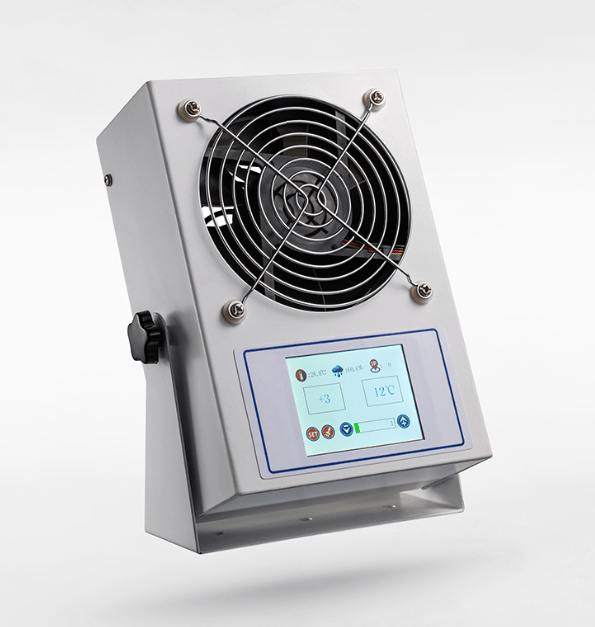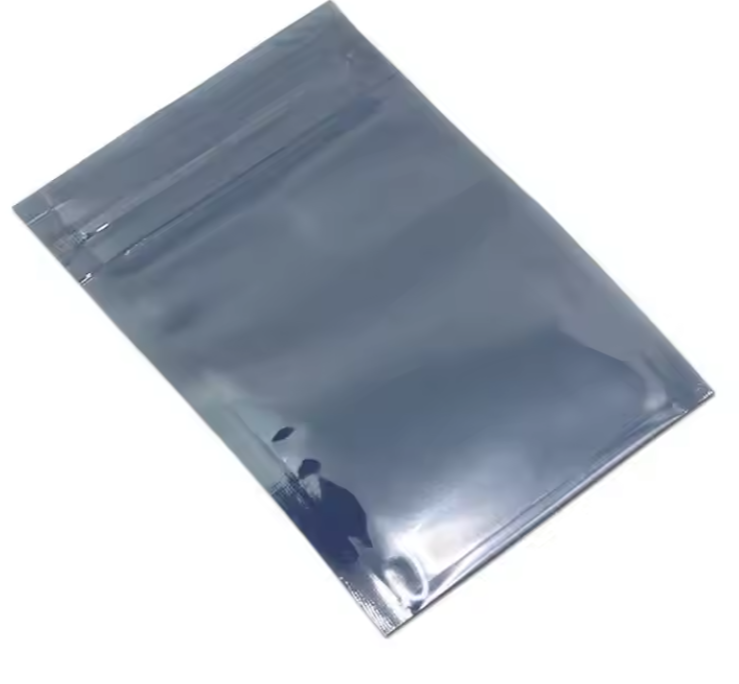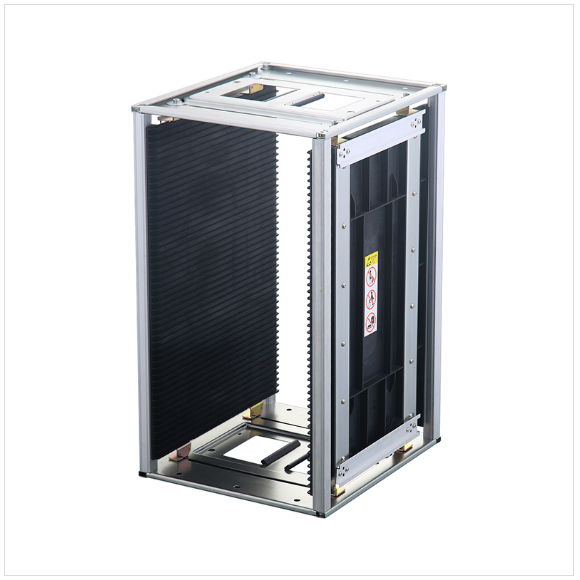
What Is a Static Discharge?
A static discharge, also known as electrostatic discharge (ESD), is the sudden flow of electricity between two objects with different electrical charges. It occurs when static electricity, which has built up on an object or person, finds a way to discharge—often through contact with another object.
How Does Static Discharge Happen?
Charge Buildup – Static electricity accumulates due to friction, separation of materials, or induction.
Potential Difference – When a charged object comes close to or touches another object with a different charge, a voltage difference is created.
Discharge Event – The stored electrical charge is released suddenly, often in the form of a small spark, shock, or even a visible lightning bolt.
Common Examples of Static Discharge
⚡ Touching a metal doorknob after walking on a carpet
⚡ Clothes sticking together after coming out of a dryer
⚡ Lightning strikes caused by charge buildup in clouds
⚡ Sparks near fuel pumps due to static buildup in vehicles
⚡ Damage to electronic components when handling sensitive circuits
Why Is Static Discharge Important?
🔹 Can Damage Electronics – Sensitive microchips and circuit boards can be destroyed by small ESD events.
🔹 Can Cause Fires or Explosions – In environments with flammable gases, static sparks can ignite fires.
🔹 Can Be a Safety Hazard – Workers in certain industries (e.g., chemical plants, cleanrooms) must manage static risks.
Would you like to learn how to prevent or control static discharge? 😊



How Does Electrostatic Discharge (ESD) Affect Electronic Components?
Electrostatic discharge (ESD) is one of the biggest threats to sensitive electronic components. Even a small static shock—too weak for a human to feel—can damage, degrade, or destroy delicate circuits and microchips.
1️⃣ Immediate (Catastrophic) Damage
💥 Instant Component Failure – A strong ESD event can permanently damage an electronic component. The affected part will stop working immediately and must be replaced.
📌 Example: A static discharge destroys a microchip on a circuit board, causing a device to fail completely.
2️⃣ Latent (Hidden) Damage
⚠️ Partial Damage Over Time – A weaker ESD event might not destroy a component right away but can weaken its internal structure. This results in intermittent failures or reduced lifespan.
📌 Example: A processor with minor ESD damage works at first but fails after a few months.
3️⃣ Performance Issues & Data Corruption
🔻 Unstable Operation – Static discharge can disrupt signals within a circuit, leading to glitches, malfunctions, or unexpected shutdowns.
🔻 Data Loss – ESD can corrupt data on storage devices or interfere with memory chips.
📌 Example: A static discharge causes errors in a RAM module, leading to frequent system crashes.
How to Protect Electronics from ESD?
✅ Use ESD-Safe Workstations – ESD mats, wrist straps, and ionizers help control static.
✅ Wear ESD Protection Gear – Gloves, smocks, and footwear reduce static buildup.
✅ Store Components in ESD Bags – Shielding bags prevent charge buildup during storage and transport.
✅ Control Humidity – Dry air increases static buildup, so maintaining proper humidity helps.
Would you like recommendations on ESD protection solutions for your work or industry? 😊


Electrostatic Discharge (ESD) Standards
Electrostatic Discharge (ESD) standards are essential guidelines for protecting electronic components, equipment, and personnel from the harmful effects of static electricity. These standards define testing methods, control measures, and requirements for ESD-safe environments.
📌 1. International ESD Standards
🔹 IEC 61340-5-1 (International Electrotechnical Commission)
Defines requirements for ESD-protected areas (EPA) in electronic manufacturing and handling.
Covers grounding, personnel training, protective equipment, and control measures.
🔹 ISO 10605 (International Organization for Standardization)
Used in automotive electronics to test component resistance to electrostatic discharge.
🔹 IEC 61000-4-2
Defines ESD immunity testing methods for electronic equipment.
📌 2. U.S. ESD Standards
🔹 ANSI/ESD S20.20 (American National Standards Institute)
One of the most widely used global ESD protection standards for electronics manufacturing.
Specifies requirements for workstations, flooring, grounding, and protective materials.
🔹 MIL-STD-1686 & MIL-STD-883 (U.S. Military Standards)
Used for military and aerospace electronic components to ensure resistance to static electricity.
🔹 JEDEC JESD22-A114
Defines human body model (HBM) testing for semiconductor devices to evaluate ESD damage.
🔹 JEDEC JESD625
Provides guidelines for handling ESD-sensitive semiconductor devices.
📌 3. European ESD Standards
🔹 EN 61340-5-1
Equivalent to IEC 61340-5-1, widely used in Europe for ESD control programs.
🔹 EN 16350
Specifies requirements for anti-static gloves to ensure safe handling of electronic components.
📌 4. Chinese ESD Standards
🔹 GB/T 17626.2
Equivalent to IEC 61000-4-2, used for testing electronic equipment immunity to static electricity.
🔹 SJ/T 10694-2006
Defines ESD protection requirements for electronics manufacturing environments.
🔹 GB/T 50462-2008
Specifies ESD protection requirements for cleanrooms and industrial facilities.
📌 5. ESD Protection Standards for Workplaces & Equipment
🔹 ANSI/ESD STM97.1 & STM97.2
Used for testing ESD footwear and flooring systems.
🔹 IEC 61340-4-5
Defines performance testing for ionizers (ESD air blowers).
🔹 ANSI/ESD S541
Provides guidelines for packaging materials used to protect ESD-sensitive devices.
📌 6. ESD Certification
🛡 ESD S20.20 Certification
Required for electronics manufacturers, component suppliers, and ESD-protected workplaces.
🛡 ISO 9001 + ESD Certification
Companies integrate quality management (ISO 9001) with ESD control (ANSI/ESD S20.20).
📌 How to Choose the Right ESD Standard?
✅ Electronics Manufacturing & Assembly → IEC 61340-5-1 / ANSI S20.20
✅ Semiconductor Industry → JEDEC JESD22-A114
✅ Automotive Electronics → ISO 10605
✅ Aerospace & Military → MIL-STD-1686
✅ ESD Protective Clothing & Gloves → EN 16350
✅ Testing ESD Immunity of Equipment → IEC 61000-4-2
Would you like recommendations for ESD-certified products or specific testing methods? 😊
